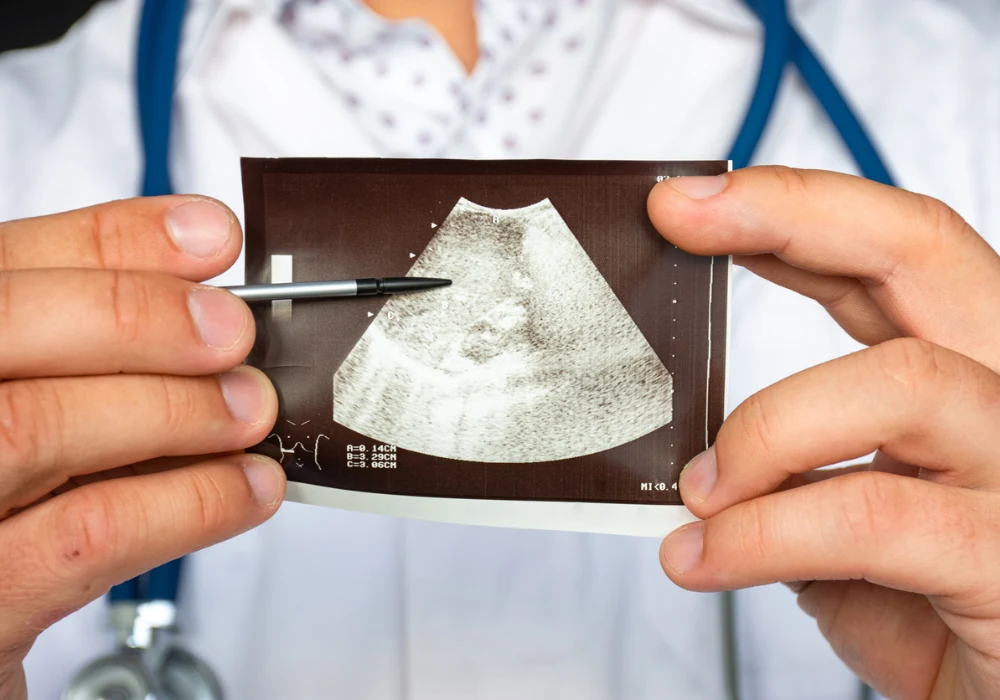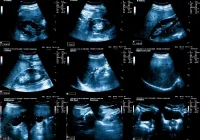Metabolic dysfunction-associated steatotic liver disease is highly prevalent, and liver fibrosis remains the key driver of adverse outcomes, making early, accurate staging essential for care pathways and follow-up. Invasive biopsy remains the reference standard yet is unsuitable for routine use, so ultrasound elastography methods are increasingly applied to quantify liver stiffness. A prospective diagnostic investigation conducted in Northeast China compared two widely used modalities, two-dimensional shear wave elastography and vibration-controlled transient elastography, against same-day biopsy. Across clinically relevant thresholds, both approaches demonstrated high diagnostic accuracy for fibrosis and significant fibrosis in an obese cohort, with no statistically significant differences between methods and additional analyses clarifying factors that influence measurement reliability.
Prospective Design and Cohort
Adults suspected of metabolic dysfunction-associated steatotic liver disease and already scheduled for biopsy were enrolled between June and December 2024. All underwent both elastography examinations and liver biopsy on the same day, with imaging performed prior to biopsy to avoid post-procedural effects. Of 91 consented participants, 75 with biopsy-confirmed disease were included in the analysis after exclusions for breath-hold failure, unreliable measurements and absent steatosis. Fibrosis was staged using the Scheuer system from F0 to F4. Elastography reliability was defined by an interquartile range to median ratio of 30% or less. Clinical, anthropometric and serological variables were collected to support correlation and regression analyses.
Must Read: MR Elastography Reveals Spatial Liver Heterogeneity in MASLD Progression
Two-dimensional shear wave elastography was performed on the LOGIQ Fortis system using Penetration mode to improve acoustic reach in individuals with high body mass index, with five liver stiffness measurements acquired per participant and the median retained. Vibration-controlled transient elastography was performed with M or XL probes using automated selection, with ten valid measurements per session and the median retained. Diagnostic performance was assessed with receiver operating characteristic analysis and compared using the DeLong test. Cut-off values were determined using the Youden index and thresholds targeting 90% sensitivity or 90% specificity.
Diagnostic Accuracy and Thresholds
Both modalities showed rising liver stiffness with advancing fibrosis and significant differences across stages. For fibrosis of F ≥ 1, the area under the curve was 0.91 for two-dimensional shear wave elastography and 0.85 for vibration-controlled transient elastography, with no significant difference between curves. For significant fibrosis of F ≥ 2, areas under the curve were 0.94 and 0.91, again without a significant difference. Across thresholds derived by the Youden index, two-dimensional shear wave elastography achieved 6.1 kPa for F ≥ 1 and 7.66 kPa for F ≥ 2, while vibration-controlled transient elastography achieved 7.1 kPa and 8.3 kPa, respectively. Sensitivity, specificity, positive and negative predictive values at these thresholds indicated high overall performance for both methods.
Correlation analysis showed strong association between the two techniques’ liver stiffness values and robust correlations with fibrosis stage. Positive correlations were also observed with lobular inflammation, ballooning, age and liver enzymes, as well as fasting blood glucose. Stratified analyses suggested method concordance remained strong but attenuated in those with body mass index of 32 kg/m² or more. Correlation strength increased from early to advanced fibrosis stages, indicating greater interchangeability for monitoring at higher stages. These findings provide context for interpreting results in populations with obesity and metabolic dysfunction.
Determinants of Measurement Reliability and Practical Considerations
Univariable linear regression identified multiple clinical and histological contributors to variability in liver stiffness measurements for both modalities, including fibrosis stage and markers of hepatic injury. Multivariable models highlighted differing determinants: for two-dimensional shear wave elastography, fibrosis stage, skin-to-liver capsule distance, maximum oblique diameter of the right hepatic lobe, high-density lipoprotein cholesterol and triglycerides were significant; for vibration-controlled transient elastography, fibrosis stage and skin-to-liver capsule distance were principal contributors. These patterns underscore how habitus and anatomical factors can affect accuracy, and they support tailored acquisition strategies and device settings in clinical workflows.
Skin-to-liver capsule distance emerged as a key consideration for both methods, consistent with the expectation that increased subcutaneous tissue can attenuate ultrasound signals and impair shear wave propagation. The use of Penetration mode with two-dimensional shear wave elastography was intended to address signal attenuation in individuals with higher body mass index by lowering frequency to enhance penetration. Within this cohort, which had a mean body mass index near 32 kg/m², the approach supported high measurement success and enabled comparison across modalities under challenging acoustic conditions.
Strengths included same-day biopsy reference standards and elastography acquisition, reducing temporal variability between modalities and histology. The selection of Youden index cut-offs alongside sensitivity- and specificity-oriented thresholds offers practical guidance for screening and diagnostic decision-making where trade-offs between false negatives and false positives differ. Acknowledged limitations included the single-centre design, absence of comparison with magnetic resonance elastography, potential sampling error inherent to biopsy and a short recruitment window that limited representation of advanced fibrosis and cirrhosis. The analysis therefore calls for larger, multicentre validation to refine cut-offs across fibrosis stages.
Two-dimensional shear wave elastography and vibration-controlled transient elastography provided high and comparable diagnostic accuracy for detecting fibrosis and significant fibrosis in metabolic dysfunction-associated steatotic liver disease when benchmarked to biopsy. Correlations with histological stage and liver injury markers were strong, with skin-to-liver capsule distance and body habitus influencing measurement reliability. Acquisition strategies that account for these factors, supported by clearly defined thresholds, can help integrate non-invasive fibrosis assessment into routine care pathways. Further multicentre work is warranted to confirm cut-offs across populations and optimise elastography-based algorithms for patient management.
Source: Academic Radiology
Image Credit: iStock










